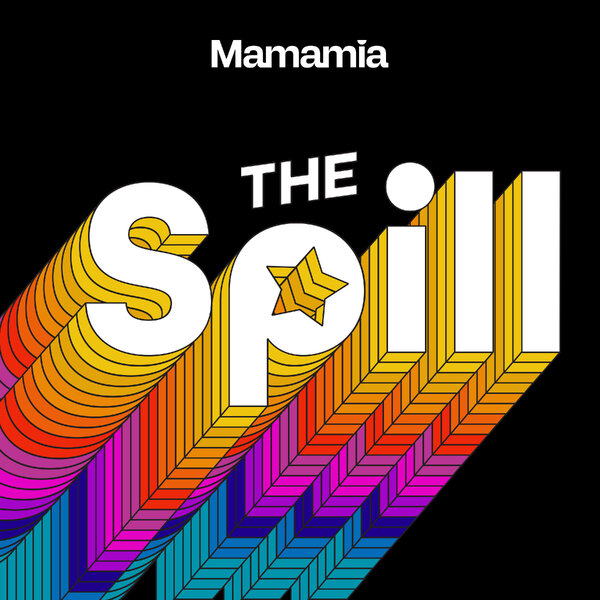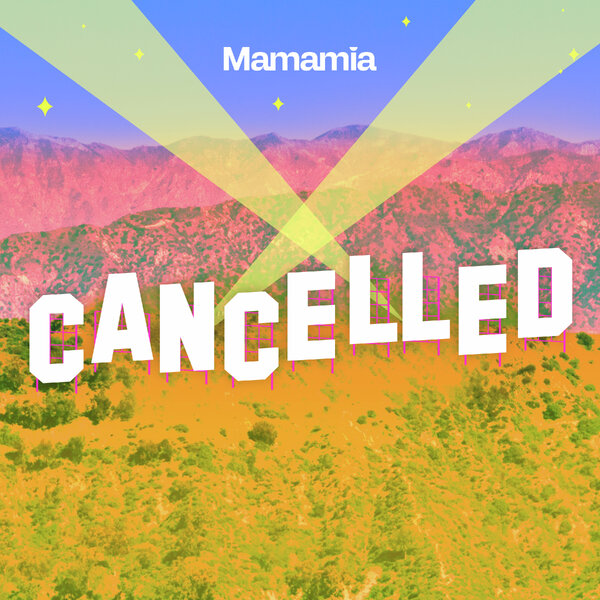All across Australia last night, more than 400,000 people flicked on SBS to watch The Ghan: Australia’s Greatest Train, a three-hour, immersive train journey from Adelaide to Darwin.
There was no plot, no voice over, no music, and no breaks – just uninterrupted, real-time footage of The Ghan, the stunning landscapes of the Australian outback and the calming sounds of the train and the crew’s small talk.
With graphics and facts popping up on the landscape during the broadcast, audiences learned the story of the 2979km Ghan train line’s construction and the Aboriginal history of Australia.
But The Ghan: Australia’s Greatest Train isn’t a documentary. The Ghan was Australia’s first taste of ‘Slow TV’.
A Norwegian television phenomenon, Slow TV presents everyday events in their complete length with minimal editing and no voice over. It is promoted as an alternative to the often violent, sexually-fuelled programs offered on TV.
Slow TV invites viewers to savour relaxing scenarios, with popular broadcasts in Europe including live salmon fishing, knitting, and a 168-hour reindeer migration as well as immersive train and boat journeys.
LISTEN: While we’re on the topic of slow tv… how about slow dating? Would a slow dating app work? Post continues below.
In 2013, 12-hour-program National Firewood Night aired in Norway, attracting almost a million viewers – about 20 per cent of Norway’s population. The show featured firewood enthusiasts discussing stacking and chopping techniques and of course, a live shot of a burning fire.






























































































